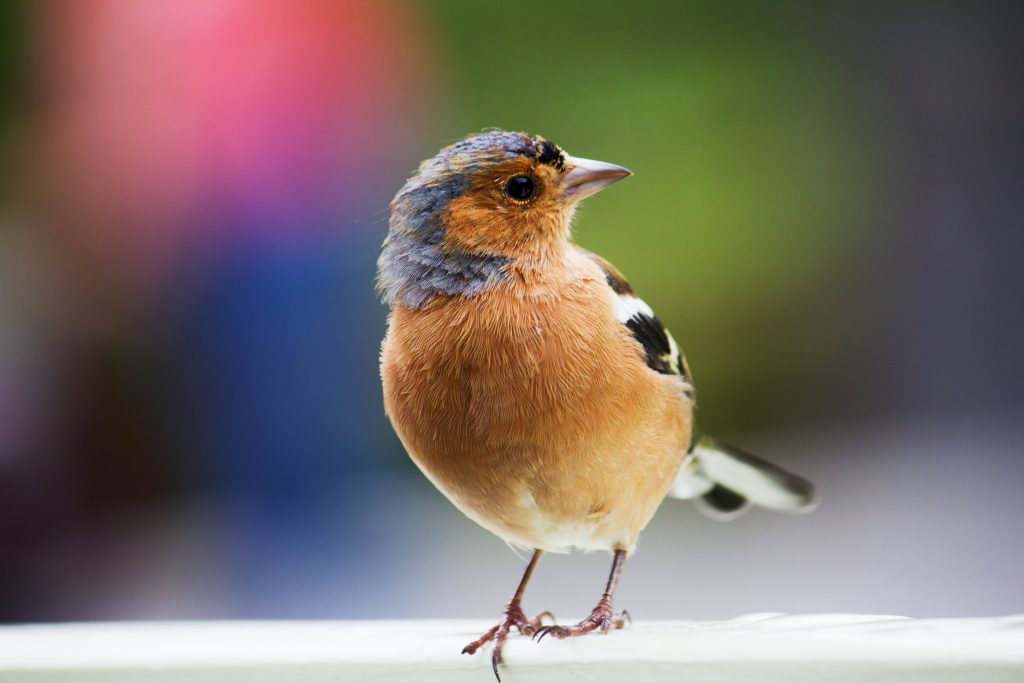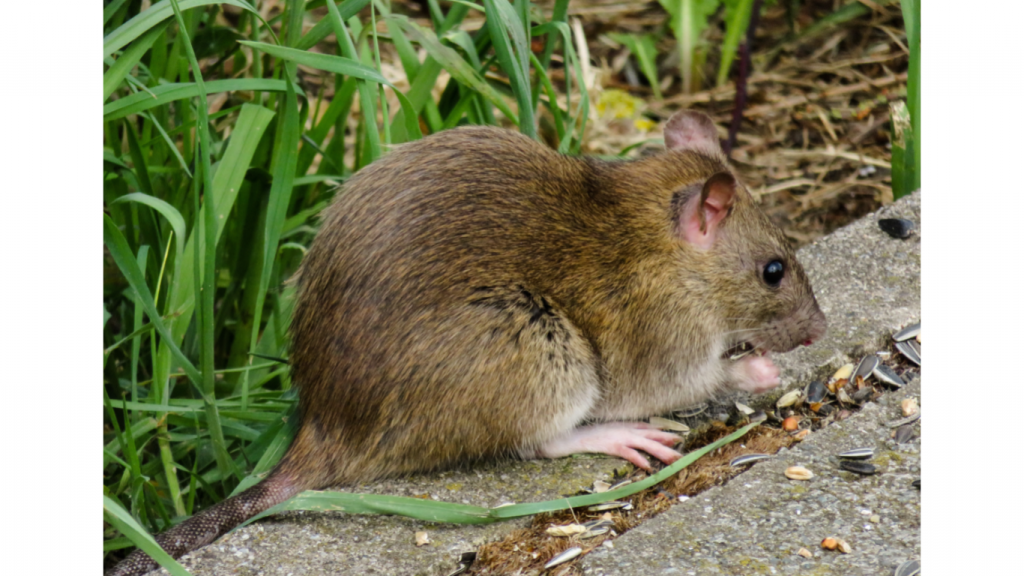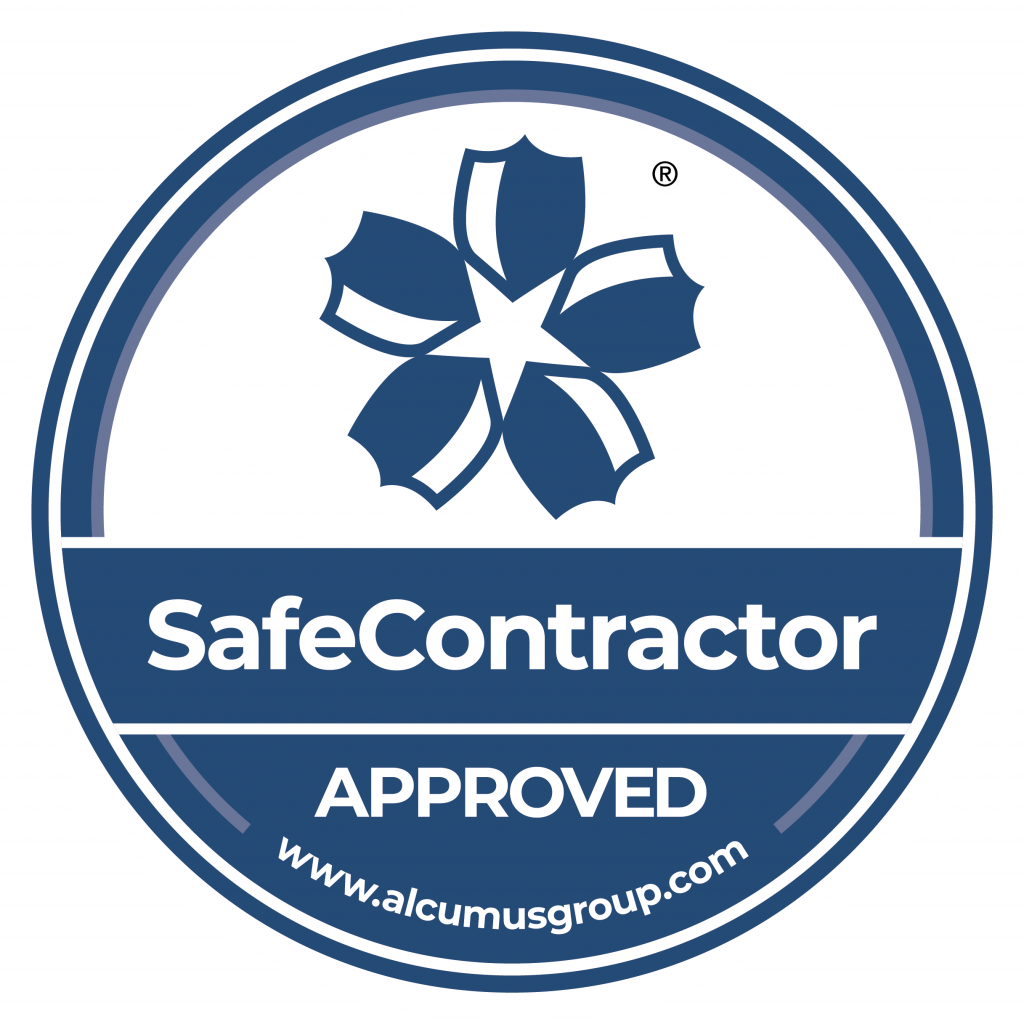When Can I Remove a Birds Nest from my Roof
Request Quote here
Birds are Beautiful
Birds provide the background music to our lives, singing happily in our gardens, streets and towns. Whether their song is waking us up in the morning or lulling us to sleep for an afternoon nap, you can’t deny England wouldn’t be complete without their serenade.
These wonderful creatures treat us to dazzling flashes of reds, yellows and blues with their presence. These colours seem even more welcoming during the drab cold winter months.
That said, for all the happiness they bring to us and the environment, there may be at times where they are somewhere undesirable to you, or somewhere unsafe for them. If this happens you will want to know the correct steps and safety measures to take on how to remove the nest.


Know the Law
Before you make any attempt at removing the nest please be aware that all birds, their nests and eggs are protected by law: the Wildlife & Countryside Act of 1981. This makes it an offence, with certain exceptions, to deliberately take, damage or destroy the nest of any wild bird while it is in use or being built. It is also illegal to take or destroy the egg of any wild bird. So for this reason we recommend using a trusted and professional pest control company like PestGone to ensure the birds are removed safely and in accordance with the law.
Bird Nest in my Roof
Many birds use roof spaces for nesting, generally doing no harm whilst there. Because all wild birds and their active nests are protected by law, it would be a criminal offence to remove or block off an active nest. We recommend that any roofing work is scheduled to be done outside the spring and summer months when birds are likely to be nesting.
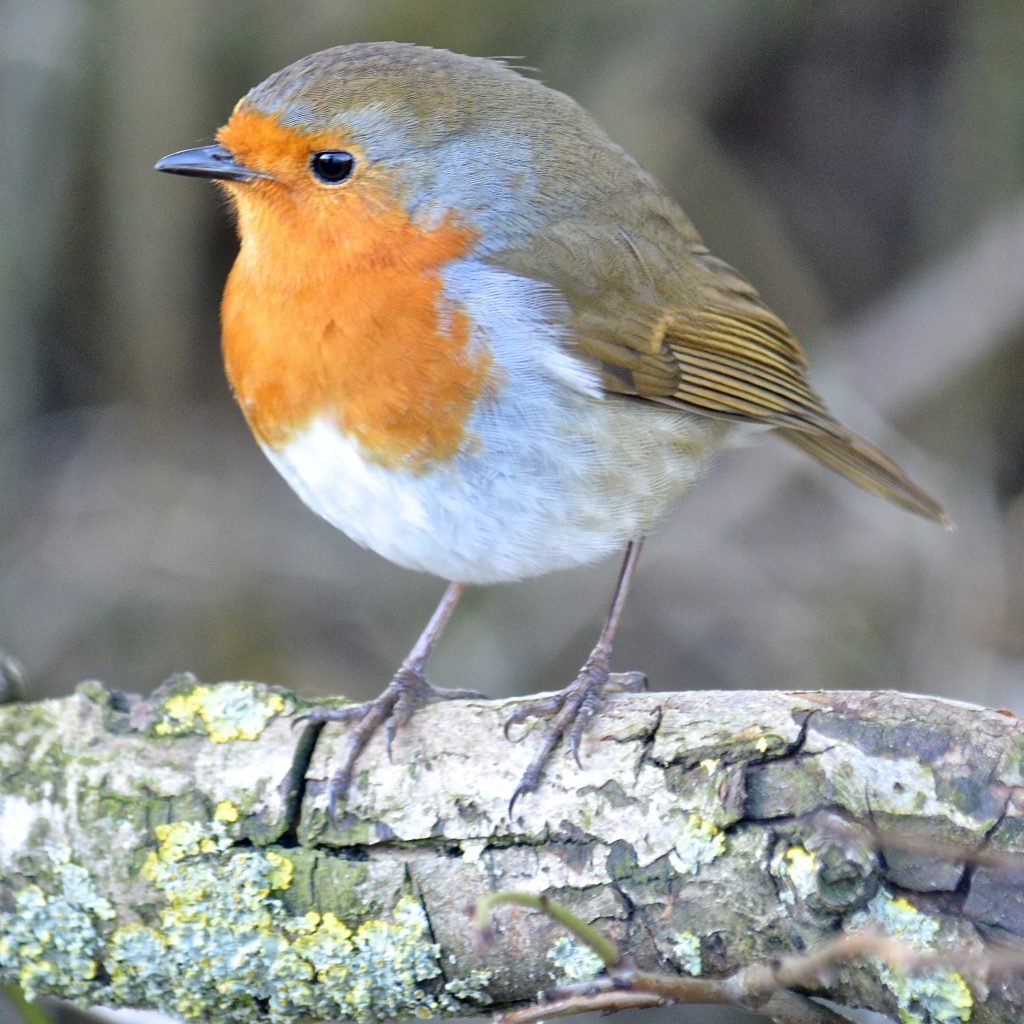

Feral Pigeons
As previously mentioned all wild birds are protected, even the feral pigeon. Although pigeons themselves are harmless, they can cause quite a bit of damage to your property, car, and may possibly introduce disease-bearing mites or ticks into your home. Pigeons can and will leave a stupid amount of poo, feathers and mess wherever they’re nesting. Blocking the pigeons out of your roof space is the best way to prevent this happening again using sturdy materials to seal the entry points. When blocking the pigeons out you must make sure no eggs or live squabs and pigeons are remaining trapping the bird inside.
Common Birds nesting in Roofs
The most frequent roof-nesters are starlings and house sparrows, both of which are red listed because of major population declines. You may also be lucky to have a swift nesting inside your roof, or have house martins build their mud nests outside, under the eaves.
If you have swifts nesting in your roof, please always allow them to continue to share your home. Swifts are quiet when inside the roof and cause no problems at all. They are suffering from a shortage of nesting sites, and any lost site can be very difficult to replace. House martins are amber listed because of their population decline, and should be allowed to nest wherever the droppings do not cause major problems.
Young starlings can be noisy during the last few days before fledging, and it is understandable that a nest above a bedroom can be a nuisance. If such cavities must be made unavailable to the birds, any repair work is best carried out during autumn or winter, when one can be sure that birds are not nesting. If you must block off nesting holes, please consider placing suitable nesting boxes under the eaves or in other suitable locations to give the birds an alternative nest site.

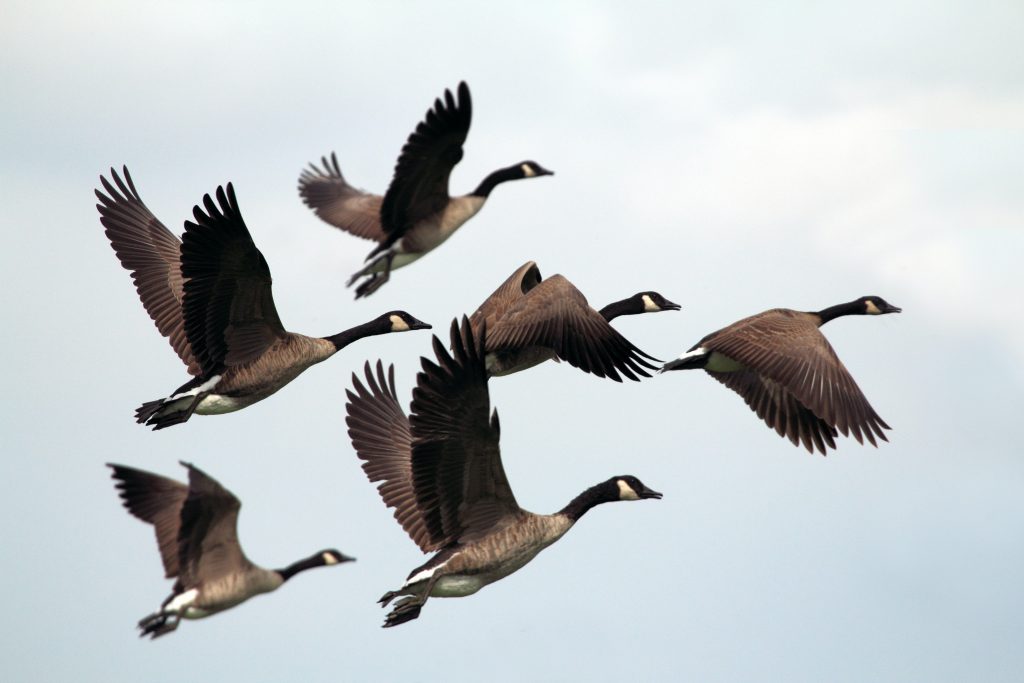
I Have no Choice but to Remove the Nest.
If the birds are in danger or there is a public health and safety, disease or damage issue, then you can discuss the situation with a Natural England Wildlife Adviser or Wildlife Licensing Unit on 0845 6014523 or email wildlife@naturalengland.org.uk who can advise you on the best course of action.
It may be necessary to apply for a licence from one of the authorities above to move a nest. Disturbing a nesting site without a licence is an offence and can result in a fine or a custodial sentence.
Please note that it is not possible to issue licences to move birds’ nests in relation to damage to property or to enable development/building works.
Health & Safety
If you have gained the correct licence from natural England, or the nest is redundant then you can set about removal. Loft spaces can be very dangerous so care must be taken when physically walking or crawling. Adequate lighting must cover all areas of the attic using stand alone lamps or at the very least bright torches to guide the way. If your loft does not have wooden flooring installed then moving between the roofs wooden framework can be tricky. Standing on the insulation which has been placed on top of the plasterboard ceiling will likely result in you falling through, possibly harming yourself. We would always recommend having a person overseeing your efforts in case you do get into difficulty. If you are not confident then we would always recommend getting the services of either the RSPB or a fully insured professional pest control company like PestGone.
